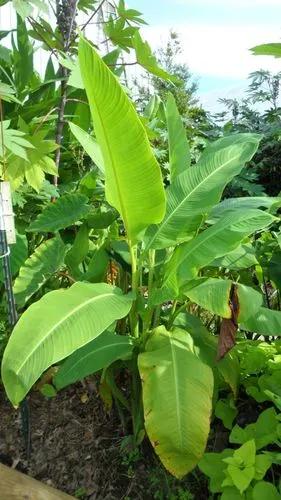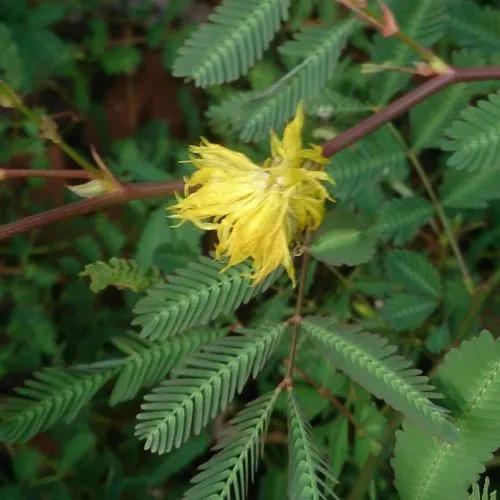Silene noctiflora is a species of flowering plant in the family Caryophyllaceae known by the common names night-flowering catchfly, nightflowering silene and clammy cockle. It is native to Eurasia, but it is known on other continents as an introduced species and sometimes a weed. In North America, it is a common weed of grain crops in the Canadian prairie provinces and in much of the United States. It grows in fields and in other disturbed habitat.
Night Catchfly Care
Silene noctiflora



The night-flowering catchfly is an annual herb producing a hairy, glandular stem up to about 75 or 80 centimeters in maximum height. It is sticky in texture. The hairy, widely lance-shaped leaves grow in opposite pairs and are up to 14 centimeters long and 5 wide, the largest ones located low on the stem. The flowers are nocturnal, and occur in an open cyme of up to fifteen blooms, each borne on an erect pedicel. The flower is encapsulated in a hairy calyx of fused sepals lined with a netlike pattern of veining. The five petals are white to pink and each has two lobes at the tip. They measure up to 2.5 centimeters wide when fully open. The fruit is a yellowish-brown capsule with six chambers which splits open to release the seeds.
This plant might be poisonous
How to get rid of: Hand-dig, pull, hoe. This approach requires little more than common garden tools and elbow grease. Hand-digging weeds works best with smaller shrubs, non-woody stemmed vines or bunching perennial grasses. It also can be effective with young starts of larger plants, such as small saplings or vines.
Utilize these techniques when soil is moist to enable easy root excavation. When digging plants, remove as much of the root system as possible to prevent resprouting.
How to Care for the Plant

Popularity

31 people already have this plant 3 people have added this plant to their wishlists
Discover more plants with the list below
Popular articles






